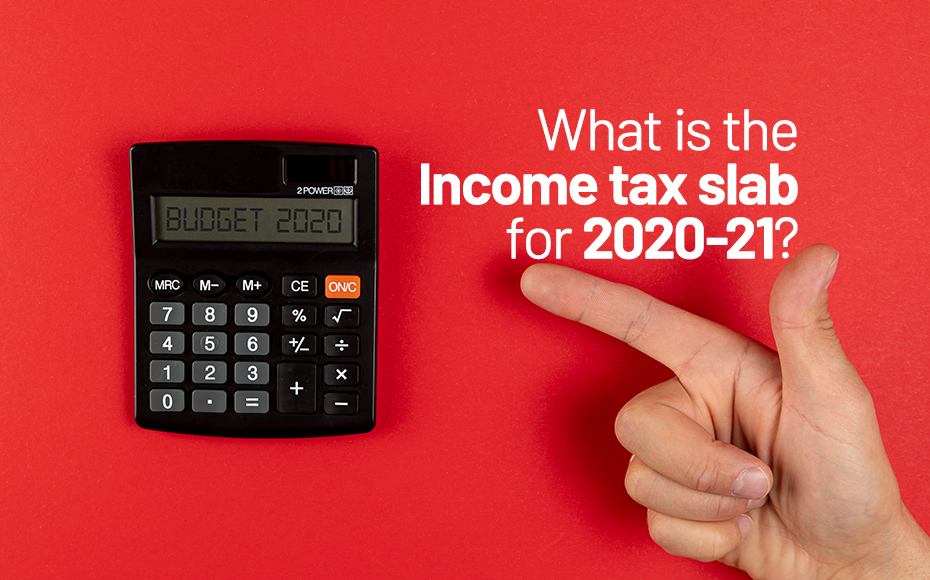What is the income tax slab for FY 2020 - 21?
Influence of Union Budget 2020 on Personal Income Tax
The Union Finance Minister Nirmala Sitaraman presented this year’s Union Budget. The Minister said that the budget aims at putting the desires and aspirations of the Indian people at rest.
Mrs. Sitaraman was quite positive about how strong our economy is and the boost of macro economy in India. She claimed that the banks could clean up the accumulated loans and recapitalize the economy. In the budget, the minister said that much emphasis has been given to the following segments:
- Agriculture, Irrigation and Rural Development
- Wellness, water, and sanitation
- Education and Skips
Direct Taxation has undergone several changes after Union Budget 2020. Income tax regime is affiliated to Section 115BAC and this section denotes to the key changes made in the tax slabs. However, whether or not the tax is to be paid in accordance with the existing tax regime or new tax regime rests with the taxpayers. If the tax payers choose to pay the taxes as per the new tax slabs, they might not be able to change it back. The new tax slabs include the following:
- Under Section 194J, TDS has been reduced from 10% to 2%
- Tax Audit threshold has been raised from RS.1 Cr to RS.5 Cr provided turnover in cash and payment made in cash is not more than 5% of Previous Year. Due date of Tax Audit has been changed from September 30 to October 31 for the taxpayers falling under the group.
- Under Section 80EEA, deduction of the additional amount of RS. 1.5 Lakh for interest paid on home loans will be allowed for loans sanctioned till March 31, 2021
- Dividend Distribution Tax (DDT) has been withdrawn. The recipients of the dividend will have to pay tax in par with applicable rated from now on.
- For start-ups, employees having Employee Stock Option Plans (ESOP) have to pay taxes up to 5 years from the time of practice until the time they exit the start-up or sell their shares, whichever is earlier. Those start-ups that have a turnover of up to RS. 25 Cr can deduct 100% of its profits for 3 consecutive AY of 7 years if the overall turnover is under RS. 25 Cr. This limit has now been increased to RS. 100 Cr. Additionally, eligibility period has been reduced from 10 years to 7 years.
- Section 194 mentions that dividend paid by Indian companies to an Indian-resident shareholder will have a TDS at 10% if the dividend amount exceeds RS. 5000 during FY.
Under Section 194(K) dividend paid by a MF to a resident leads 10% TDS to be deducted if the dividend amount exceeds 5000 during the FY.
Under Section 194(O) any payment made by E-commerce operator to the participant, the operator will have to deduct 1% TDS once the annual amount paid or credited exceeds RS. 5 lakh.
- Section 206(AA) aligns with Section 194(O) has been changed to 5% instead of 20% in case of PAN has not been provided.
- Section 6 points to the amendments made in par with changes in residential status which are as follows:
An individual who is a citizen of India shall be considered to be an Indian resident and is not required to pay tax in any other country
An individual who is a citizen of India or is an Indian-origin individual, residing outside India comes for visit the previous year and stays in India for more than 120 days shall be considered as resident of India.
A person who has been a NRIin 7 out of 10 PY preceding that year or HUF whose manager has been a NRI in 7 out of 10 PY preceding that year is considered to be ‘not ordinarily resident’ in India.
What is the New Tax Rates Introduced?
Seven new tax slabs were introduced after this year’s budget presentation, which is as follows:
|
Income
|
New Tax Slabs
|
Income
|
Old Tax Slabs
|
|
Up to RS. 250000/-
|
Nil
|
Up to RS. 250000/-
|
Nil
|
|
From RS. 250001/- to RS. 500000/-
|
5%
|
From RS. 250001/- to RS. 500000/-
|
5%
|
|
From RS. 500001/- to RS. 750000/-
|
10%
|
From RS. 500001/- to RS.1000000/-
|
20%
|
|
From RS. 750001/- to RS. 1000000/-
|
15%
|
RS.1000000/-and above
|
30%
|
|
From RS. 1000001/- to RS. 1250000/-
|
20%
|
|
|
|
From RS. 1250001/- to RS. 1500000/-
|
25%
|
|
|
|
Above RS. 1500000/-
|
30%
|
|
|
During the Union Budget presentation that occurred on February 1, 2020, the government has assured that they have taken measures to reach a target of $5 trillion economy by the end of 2022. The country is eagerly waiting for a positive outcome for the budget and as always there has been mixed response for the same.





